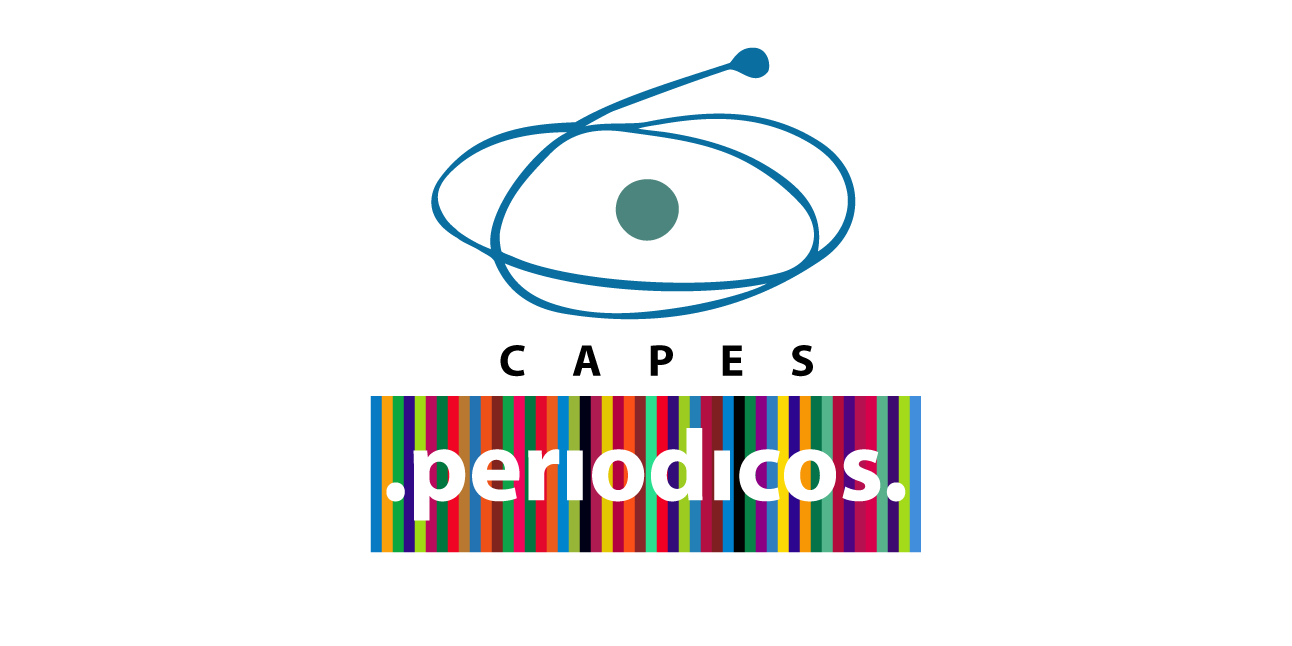BRAZILIAN STANDARD OF INTERNATIONAL SPECIALIZATION AND COMPETITIVENESS BETWEEN 2007 AND 2017
DOI:
https://doi.org/10.17765/1518-1243.2020v22n1p23-37Keywords:
Commercial specialization standard, Economic structure, TechnologyAbstract
Technology and innovation have become indispensible for economic success since they are basic variables within the country´s growth and economic development process. The structure of Brazilian exports will be evaluated according to their technological and demand profile through Lall´s technological taxonomy (2000), for 2007-2017. The Structuralist/Schumpeterian theoretical basis is employed, or rather, what every country produces and, consequently, exports, is relevant to attain technological dynamism, increase in productivity and income. Three indexes of international commerce are determined, namely Market-Share (MS), Revealed Comparative Advantage Index (RCAI) and Contribution to Surplus Index (CSI), whilst the Competitive Matrix developed by CEPAL was employed to examine the Brazilian export performance. Results of indexes demonstrate that the only sectors that have (1) market participation greater than Brazilian general average; (2) revealed comparative advantages; 3) contribution to surplus of positive commercial balance in all the years under analysis were Primary Products (PP) and Natural Resources Bases (RB1 and RB2). The commercial insertion of Brazil within the world market is still vulnerable since it is concentrated on primary products, only slightly complex, with low aggregate value and low innovatory content.References
CARVALHO, L. Valsa Brasileira: do Boom ao caos econômico. São Paulo: Todavia, 2018. 192p.
CHANG, H. Chutando a escada: a estratégia do desenvolvimento em perspectiva histórica. Tradução de Luiz Antônio Oliveira de Araújo. São Paulo: Unesp, 2004.
DOSI, G.; PAVITT, K.; SOETE, L. The economics of technical change and international trade. Nova Iorque: New York University Press, 1990.
GALA, P. Complexidade econômica: uma nova perspectiva para entender a antiga questão da riqueza das nações. Rio de Janeiro: Contraponto, 2017. 144p.
GIL, A. C. Como elaborar projetos de pesquisa. 4. ed. São Paulo: Atlas, 2002.
HERMIDA, C. C. Padrão de especialização comercial e crescimento econômico: uma análise sobre o Brasil no contexto da fragmentação da produção e das cadeias globais de valor. Revista do Bndes, v. 47, p. 9-66, jun. 2017.
LAFAY, G. La mesure des avantages comparatifs révélés: exposé de la méthodogie du CEPII. Économie Prospective Internationale, 1990.
MANDENG, O. J. International competitiveness and specialization. CEPAL Review, n. 45, p. 25-40, 1991.
MUNIZ, A. L. P. Padrão de Especialização: um comparativo entre os países do BRIC. Revista CEPPG, n. 20, p. 138-157, 2009.
PAULA, L. F. de; PIRES, M. Crise e perspectivas para a economia brasileira. Estudos Avançados, v. 31, n. 89, p. 125-144, abr. 2017. DOI: http://dx.doi.org/10.1590/s0103-40142017.31890013.
SCHMIDT FILHO, R.; LIMA, B. G. C. C. Padrão de especialização e competitividade internacional dos BRICS: 1985-2012. Economia Ensaios, v. 28, n. 2, p. 43-76, jan./jun. 2014.
SCHMIDT FILHO, R.; LIMA, B. G. C. C. Padrão de especialização comercial brasileiro entre 1990-2012: aspectos tecnológicos e macroeconômicos. Revista de Estudos Internacionais (REI), v. 9, n. 1, p. 47-77, 2018.
SCHUMPETER, J. A. Teoria do desenvolvimento econômico: uma investigação sobre lucros, capital, crédito, juro e ciclo econômico. São Paulo: Abril Cultural, 1982. (Coleção Os Economistas).
SHIKIDA, P. F. A.; BACHA, C. J. C. Notas sobre o Modelo Schumpeteriano e suas principais correntes de pensamento. Teoria e Evidência Econômica, Passo Fundo, v. 5, n. 10, p. 107-126, 1998.
TOREZANI, T. A.; PIPER, D. Mudança estrutural e eficiência dinâmica: aspectos teóricos e evidências empíricas. In: ENCONTRO NACIONAL DE ECONOMIA (ANPEC NACIONAL), 42., 2014, Natal. Anais [...]. Natal, RN.
YAMANE, D. F. Padrão de especialização e competitividade externa nos BRICS no período 2000-2012. 2014. 138 f. Dissertação (Mestrado) - Universidade Federal de Uberlândia, Uberlândia, MG.
Downloads
Published
How to Cite
Issue
Section
License
The Editorial Board is authorized to make certain changes in the original text to comply with bibliographical norms, orthography and grammar, so that standards in language and style may be maintained. However, the author´s style will be preserved. The concepts developed by the authors are their exclusive concern and responsibility.In case of approval, the e-mail of acceptance will contain a Letter of Copyright with authors´ name, personal data, and signature of all authors.










